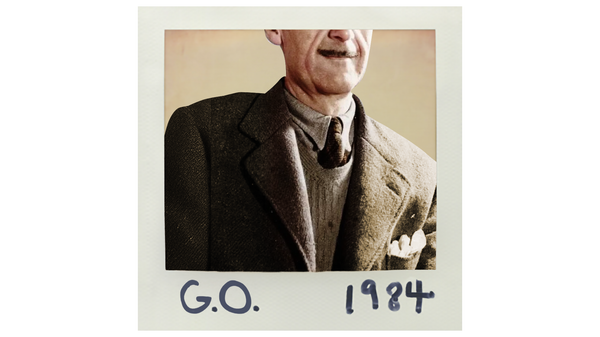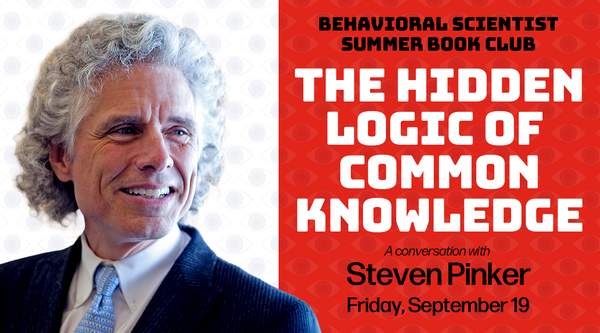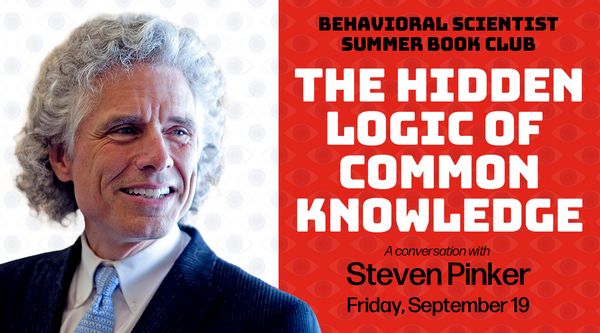8 Facts Worth Knowing About '1984'
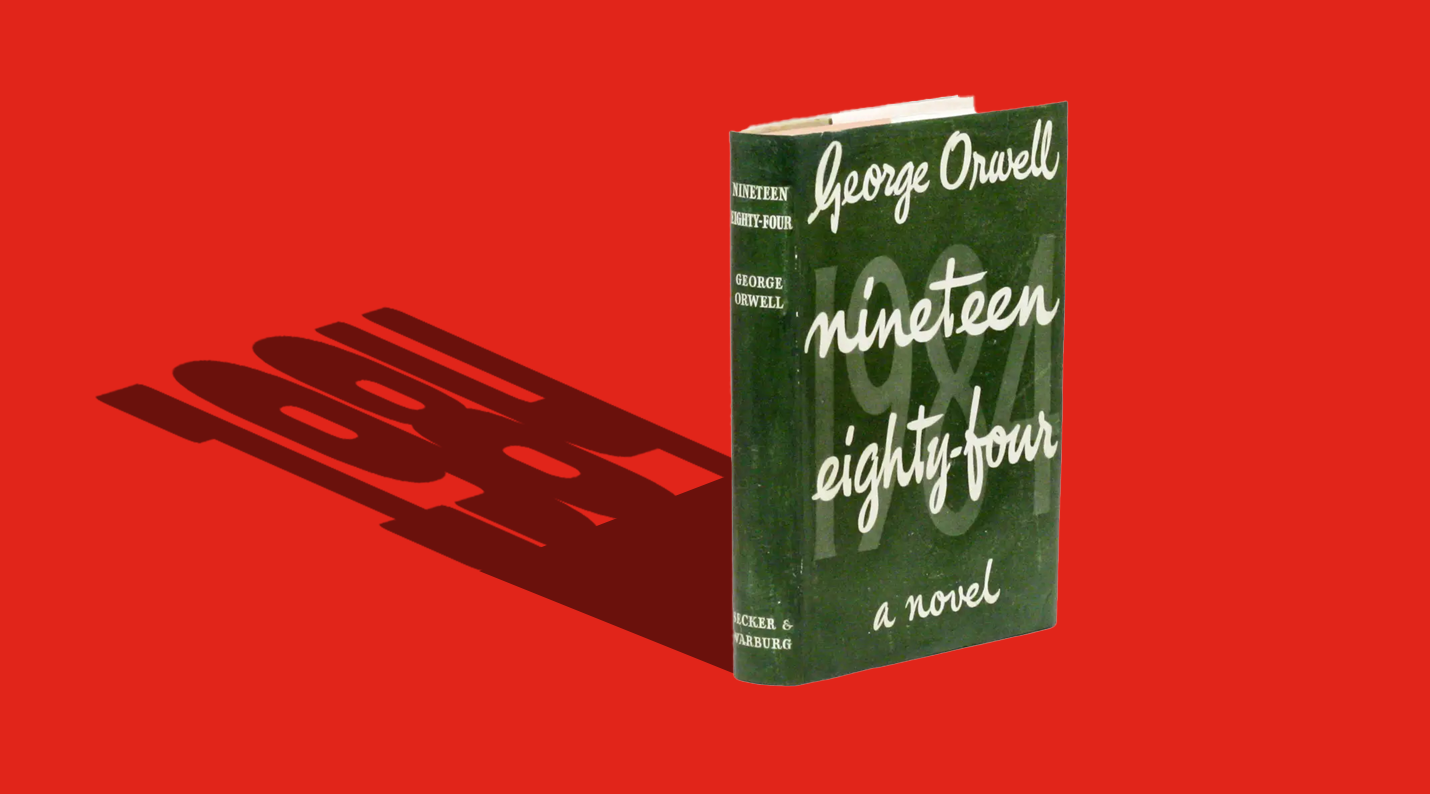
What do we find when we look at the story behind the story?
Why did George Orwell choose the year 1984? Does 1984 boast the greatest misprint in literary history? Is there really a musical genre inspired by the world of Big Brother?
This is part two of our three part series kicking off this summer’s book club. In the series, we’re taking a look at the facts and myths about George Orwell and 1984. In part one, we explored 19 Facts Worth Knowing About George Orwell. Among other things, we learned Orwell’s real name, that he coined the term “cold war,” and how his time fighting in the Spanish Civil War shaped 1984.
Now, we’ll focus on the book itself. Again, Dorian Lynskey’s, The Ministry of Truth: A Biography of George Orwell’s 1984 is worth mentioning; it was an invaluable resource.
Here are eight facts worth knowing about 1984:
1: Nineteen Eighty-Four was published on June 8, 1949. It sold more than 250,000 copies in the United Kingdom and the United States in the first six months. Today, just over 75 years later, the book has sold more than 30 million copies.
It’s worth noting several sales bumps over the years. In 1984, the book sold 4 million copies, “because, well, it was 1984.” In 2017, Kellyanne Conway, then an adviser to President Donald Trump, unleashed the term “alternative facts” when talking about the size of Trump’s inauguration. It sent 1984 to the top of Amazon’s best-seller list and prompted the publisher to print 75,000 more copies. More recently, the book became a best-seller in Russia, where it was banned until 1988, after the country invaded Ukraine.
2: It was in 1943 or 1944 that the novel began to take shape in Orwell’s mind and in his notes. “The basic material is there, including Ingsoc, Newspeak, and the doublethink,” Lynskey writes, “and the effect he planned to create: ‘The nightmare feeling caused by the disappearance of objective truth.’”
3: Did a later printing of 1984 feature the greatest (worst?) misprint in literary history?
One of the most memorable, recurring lines from the novel is the equation “2 + 2 = 5.” But for nearly forty years, the five was missing from some editions of the book at perhaps the most critical instance where the equation appears. Instead, it read: “2 + 2 = .”
Before we go further, a disclaimer: I’ve written fact 3 to avoid giving anything away about the book, so you can safely read on. But, to avoid spoilers, check out the hyperlinks for fact 3 only after you’ve finished reading the book.
In the late 1980s, Orwell scholar Peter Davison noticed the missing “5” and reinstated it. I have three editions of the book, published in 1981, 2008, and 2021. Here is the same passage from the 1981 (top) and 2008 (bottom) versions:

So if you’re reading an edition published before around 1987, you might have a copy with a missing five. Now, if you’re reading my third copy, a “Wordsworth Classic” published in 2021, you get something even more peculiar. The book contains an introduction to 1984, which describes the case of the missing five both in the body of the introduction and a lengthy footnote. But flip to the scene, and you’ll find that the five is still missing. Whoops.
Recently, author Dennis Glover did some sleuthing of his own and presented his thinking on how the omission might have occurred.
4: The missing five wasn’t the only change people made or tried to make to the story. When it was initially published, the US Book of the Month Club wanted to remove Orwell’s book within the book, Emmanuel Goldstein’s The Theory and Practice of Oligarchical Collectivism, as well as the appendix describing the principles of newspeak. Orwell declined, costing his publisher about £40,000 (around $160,000) in potential sales (the equivalent of about £1.75 million or $2.3 million today).
The 1956 film adaptation featured a particularly egregious change to the ending in the U.K./European version of the film (the U.S. version remained closer to the original). “This bowdlerisation prompted Orwell’s widow Sonia to withdraw that version from circulation in the 1970s,” writes Sally Minogue. “The faithful American version remains available on DVD.” (I’m not linking the different endings here to avoid spoilers.) The film version released in 1984 also significantly changes later parts of the story.
5: For many readers of 1984, particularly those in the U.K. or U.S., the book is often presented as a warning of what might happen. But for those in Central and Eastern Europe who fell under communist rule after WWII, 1984 felt much more like the reality of what was happening.
“When I first read Winston’s story, I was already in my thirties, just a little younger than Winston, and everything that had befallen him could still befall me,” observed Czechoslovak philosopher and essayist Milan Šimečka. “Like him, I had matured in a totalitarian system, had never been anywhere else, and was uncertain about the past, the present, not to speak about the future.”
The book was banned in Communist Czechoslovakia and in the USSR. Nevertheless, dissidents published the book as samizdat—the term for censored works printed and distributed in secret. A recent exhibition in the Czech Republic, 1984: George Orwell and Czechoslovakia, displayed a list of items confiscated during a State Security Administration search of Czech dissident Ludvík Vaculik’s apartment in 1975. Item 7 reads: “Bound typescript George Orwell 1984.”
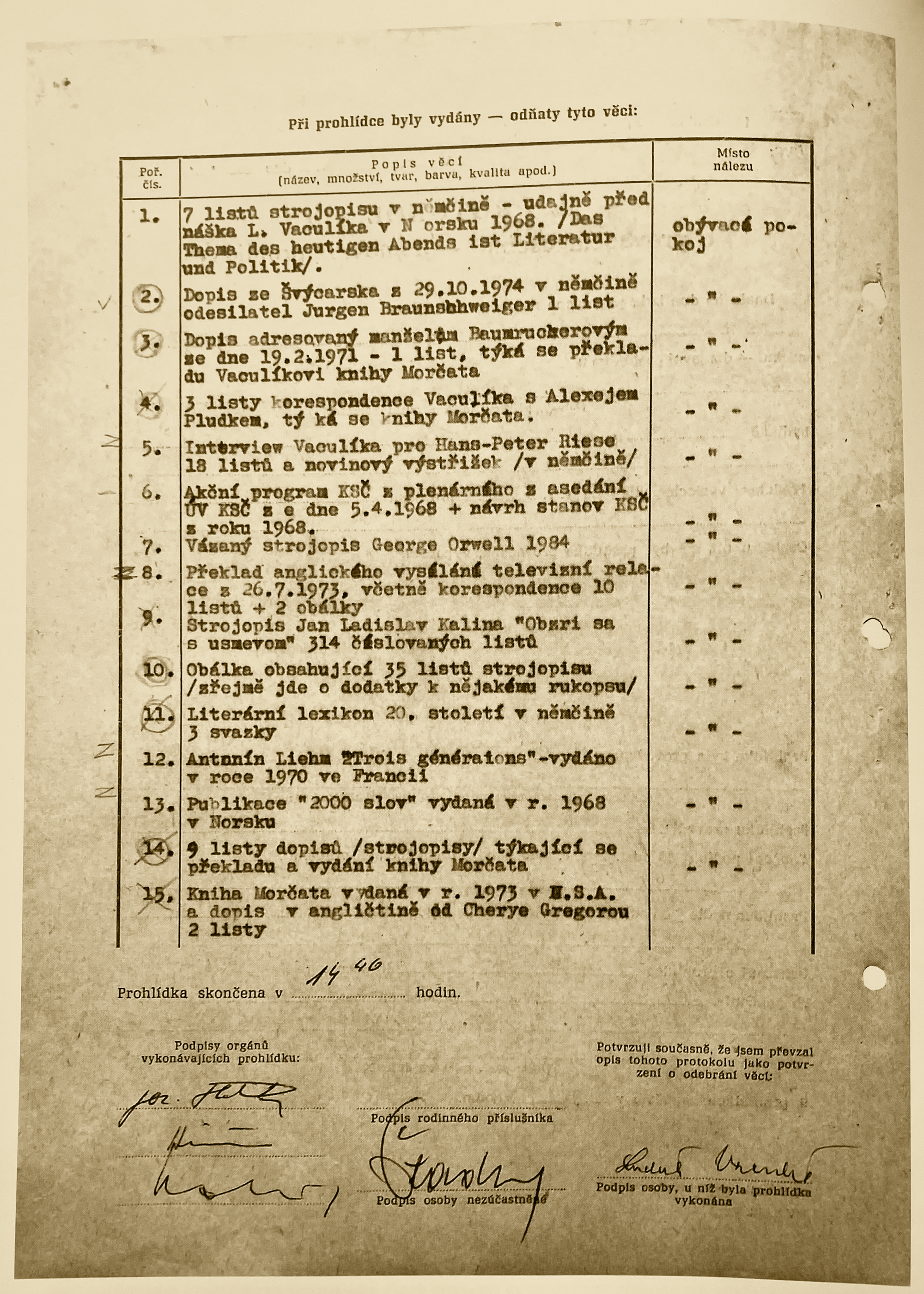
Soviet dissident Viktoriia Chalikova described the conditions under which they read 1984 in the USSR:
“And how we used to read Orwell in Russia! In third and fourth typewritten copies and in pale Xerox copies we read literally ‘close to the text’—looking around while we put ourselves at risk, in a tightly closed room, alone or with one other person, just as in the novel Winston and Julia read the underground book. The book and life reflected one another as if they were in a mirror! Yes, in spite of the prohibition against reading him, Orwell forced his way through at least to part of his Russian reading audience, about whom he had dreamed.”
6: When Orwell was writing 1984, utopias and dystopias were very much in the zeitgeist. These were well-written and not-so-well-written novels which envisioned worlds free from all ills or beset by them. In many ways, authors borrowed the ideas they liked from one another and satirized and critiqued those they didn’t. Lysnkey suggest that one influence on Orwell’s 1984 was H.G. Wells’s When the Sleeper Awakes published in 1899. “The genealogy of Nineteen Eighty-Four, and indeed all dystopian fiction, starts here,” he writes.
Another influence was We by Yevgeny Zamyatin published in the early 1920s. We also depicts a totalitarian dystopia. For a book that many people haven’t heard of, We seems to have had quite an impact. Kurt Vonnegut, referring to his first novel Player Piano (last year’s summer book club pick), said of We: “I cheerfully ripped off the plot of Brave New World, whose plot had been cheerfully ripped off from Yevgeny Zamyatin’s We.” While there are similarities, that isn’t quite true according to Lynskey, who reports that Huxley claimed to have not read the book. However, Orwell had. He reviewed the book and even tried to find an English publisher for it.
7: “The Party did not sing.” There is not much music in the cold, sterile world of Big Brother, but 1984 and its author can claim their own genre, “George Orwave.” 1984 biographer Dorian Lynskey compiled a playlist of 10 of the best songs inspired by the book, including tracks from David Bowie, Stevie Wonder, The Dead Kennedys, and Radiohead. Take a listen.
Bonus fact: Music wasn’t 1984’s only cultural influence. Another notable example is Apple’s famous Super Bowl ad (directed by Ridley Scott), which depicts the disruption of a 1984-like future. At the end of the ad, Apple declares: “On January 24th, Apple will introduce Macintosh. And you’ll see why 1984 won’t be like ‘1984.’” (Given the amount of data that Apple and other tech companies have on us at the moment, I am not sure an ad like this would hold up today.)
8: Why did Orwell choose the year 1984? Lynskey explains:
“There’s a very popular theory—so popular that many people don’t realise that it is just a theory—that Orwell’s title was simply a satirical inversion of 1948 [when he was writing the book], but there is no evidence for this whatsoever. . . .
“Scholars have raised other possibilities. Eileen [his wife] wrote a poem for her old school centenary called ‘End of the Century: 1984.’ The year is also a significant date in The Iron Heel [Jack London’s 1908 dystopian novel]. But all of these connections are exposed as no more than coincidences by the early drafts of the novel that Orwell was still calling The Last Man in Europe. First he wrote 1980, then 1982 and only later 1984. The most fateful date in literature was a late amendment.”
But of course, “one of the novel’s dark jokes is that it may not even be 1984.”
References
The following references correspond to each numbered fact. When a source is hyperlinked above, I’ve not included it here for brevity’s sake.
1: 250,000: Lynskey, D. The Ministry of Truth (TMOT). 2: 1: 1943 or 1944 and “The basic material…”: TMOT, p. 100. — 5: “When I first read…”: 1984: George Orwell and Czechoslovakia, p. 82 (GOAC); Inventory list, GOAC, p. 78; “And how we…”: Bergman, Jay. “Reading Fiction to Understand the Soviet Union: Soviet Dissidents on Orwell’s 1984.” History of European Ideas 23.5-6 (1997): 173-92, as cited in The Censorship Files, “1984.”— 6: Utopias in the zeitgeist, H.G. Wells, We, Huxley, tried to find an English publisher, TMOT. “The genealogy…”: TMOT, p. 65. — 8: “There’s a very popular…”: Lynskey, TMOT, p. 167.



